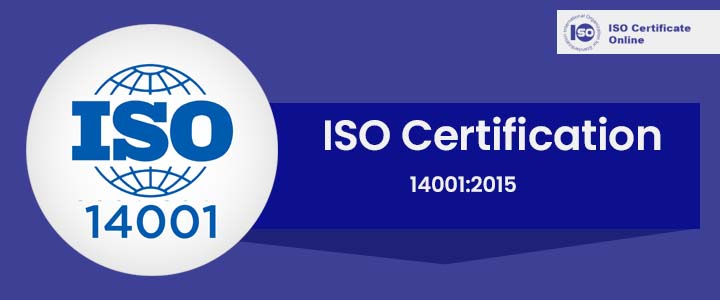How Do I Make An ISO Certification?
An international standard for quality management systems is ISO certification. It can help businesses achieve operational efficiency and cost savings while also demonstrating their dedication to quality and customer satisfaction. Following these steps will help you complete the ISO certification process if you're wondering how to go about doing so.
Step 1: Understand the ISO Standard
Understanding the ISO standard that applies to your company is the first step in obtaining an ISO certification. Companies have a variety of ISO standards to choose from, including ISO 9001 for quality management, ISO 14001 for environmental management, and ISO 27001 for information security management.
Businesses must fulfill specific requirements for each standard in order to be certified. Policies, procedures, documentation, and the implementation of a management system are a few examples of these requirements. For an ISO certification to be successful, it is crucial to comprehend the standard and its specifications.
Step 2: Conduct a Gap Analysis
Conducting a gap analysis is the following step in the ISO certification process. This entails comparing the demands of the ISO standard to your current processes and procedures. This will assist you in determining the areas where your company already complies with the requirements and those that require improvement.
The gap analysis can be carried out internally or with a consultant's assistance. If you decide to hire a consultant, make sure they have relevant experience and understanding of the ISO standard you're aiming for.
Step 3: Develop and Implement an ISO Management System
You must create and implement an ISO management system that complies with the standard's requirements based on the findings of the gap analysis. Depending on which ISO standard you are working toward, this system should contain policies, procedures, and documentation that show your dedication to quality, environmental management, or information security management.
The development of new processes, the revision of existing procedures, and employee training may all be required during the lengthy implementation of the ISO management system. To ensure that the implementation is effective and seamless, a plan must be in place.
Step 4: Conduct Internal Audits
It is crucial to carry out internal audits after the ISO management system has been put into place to evaluate its efficacy. Internal audits ought to be carried out by certified auditors who are familiar with the ISO standard you're aiming for.
The goal of the internal audit is to locate any holes in the ISO management system and offer suggestions for their closure. The findings of the internal audit should be recorded, and any necessary corrective measures should be implemented right away.
Step 5: Choose a Certification Body
It's time to select a certification body after the internal audit is finished. A certification body is an impartial, external organization that will examine your ISO management system to see if it complies with the ISO standard.
It is crucial to take into account a certification body's reputation, experience, and accreditation when making your decision. The certification body must hold accreditation from a reputable accrediting agency, like the International Accreditation Forum (IAF).
Step 6: Schedule the Certification Audit
After selecting a certification body, you can set a date for the certification audit. The certification audit is a thorough evaluation of your ISO management system to see if it complies with the ISO standard requirements.
The auditor will examine your paperwork, conduct employee interviews, and scrutinize your procedures during the certification audit. Depending on the size and complexity of your company, the audit may take several days to complete.
Step 7: Receive ISO Certification
You will be granted ISO certification in the event that the certification audit is successful. The certification is usually only good for three years and needs to be renewed on a regular basis.
Depending on the ISO standard you're aiming for, maintaining ISO certification calls for constant commitment to quality, environmental management, or information security management. Internal audits on a regular basis, management reviews, and ongoing process improvement are required for this.
Read Also This - Who Needs ISO RegistrationConclusion
To sum up, obtaining an ISO certification is a thorough process that needs commitment, commitment, and effort. It involves understanding the ISO standard that is relevant to your business, conducting a gap analysis, developing and implementing an ISO management system, conducting internal audits, choosing a certification body, scheduling the certification audit, and receiving ISO certification.
ISO registration can help businesses demonstrate their commitment to quality, environmental management, or information security management, depending on the ISO standard they pursue. It can also help businesses achieve operational efficiency and cost savings, and improve customer satisfaction.
Maintaining ISO certification requires ongoing commitment to quality and continual improvement, and regular internal audits and management reviews. By following these steps, businesses can successfully make an ISO certification and reap the benefits of being recognized as a quality-driven and customer-focused organization.




Comments
Post a Comment